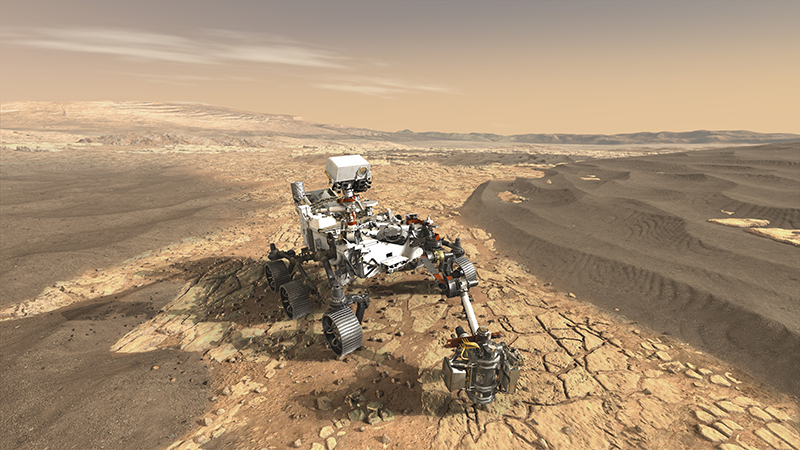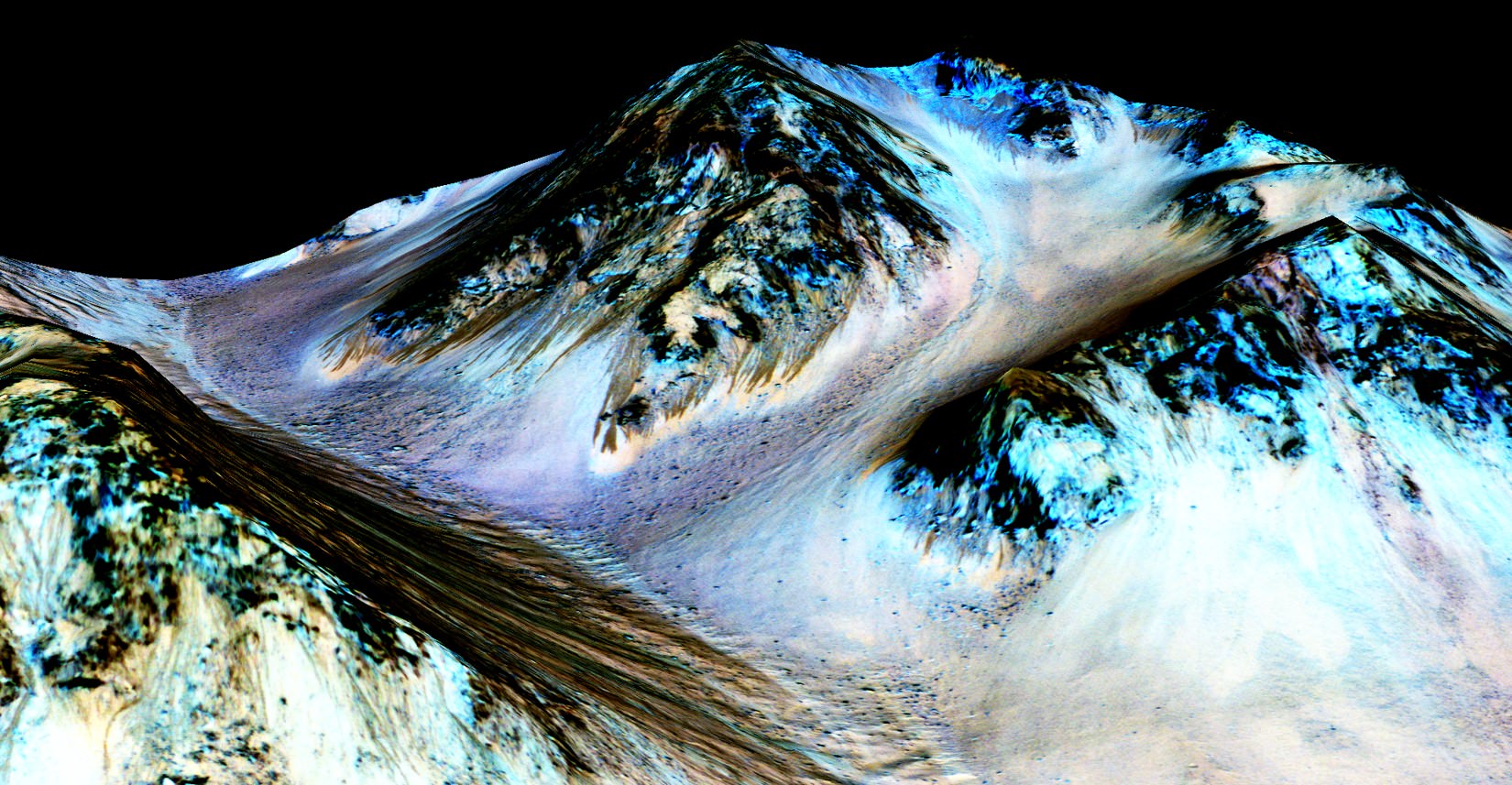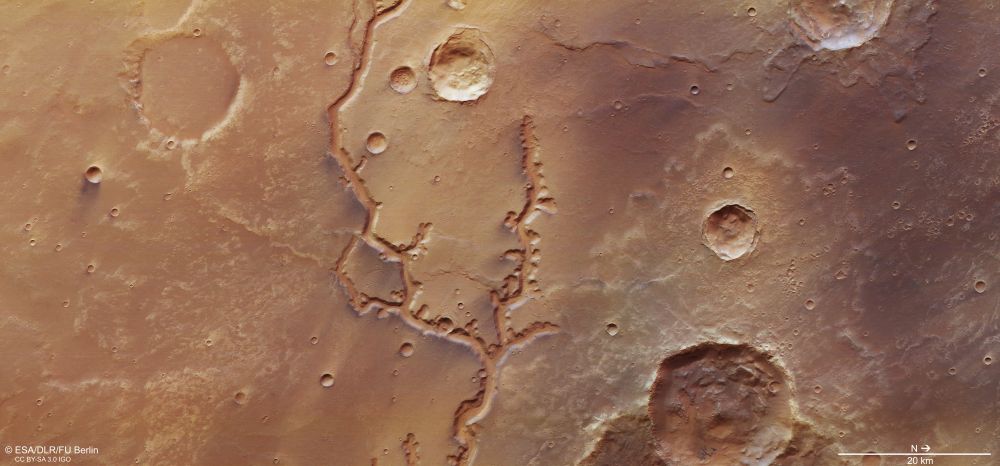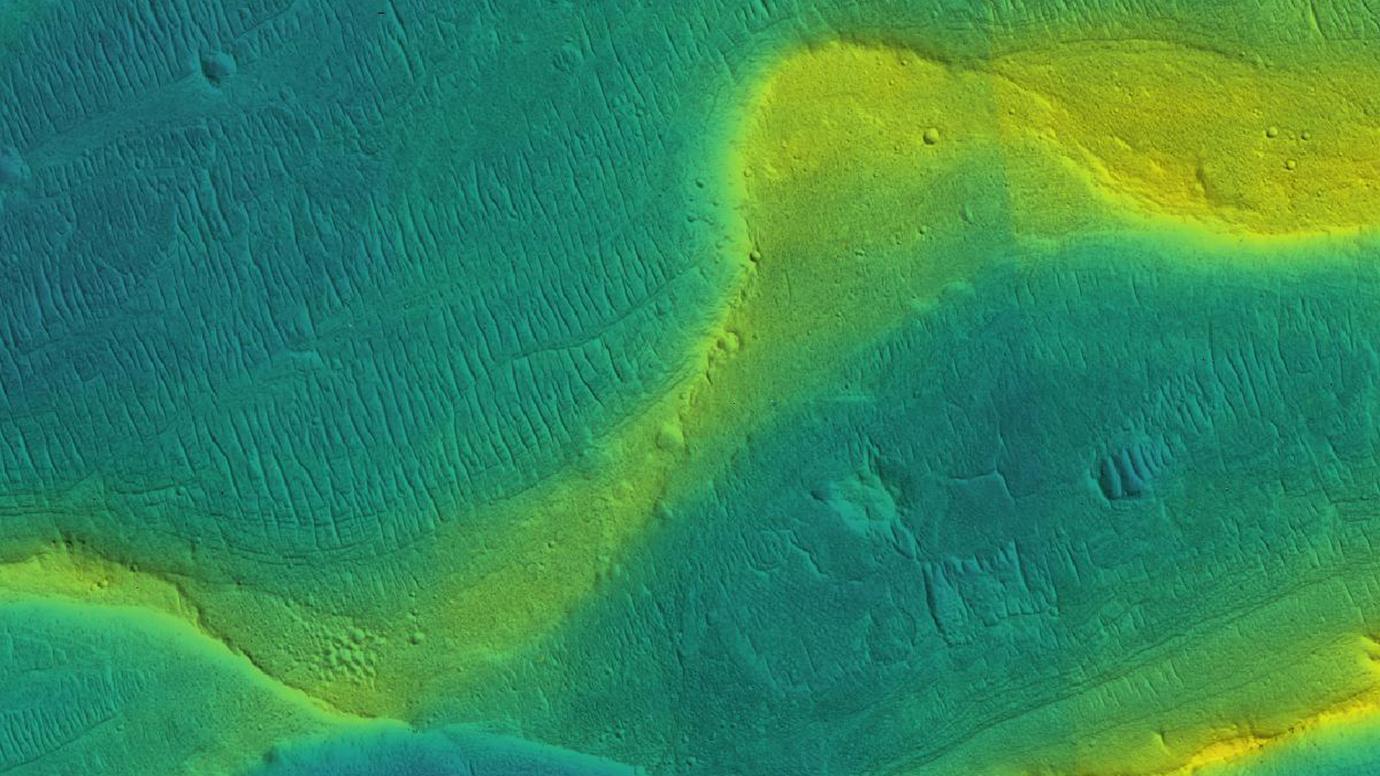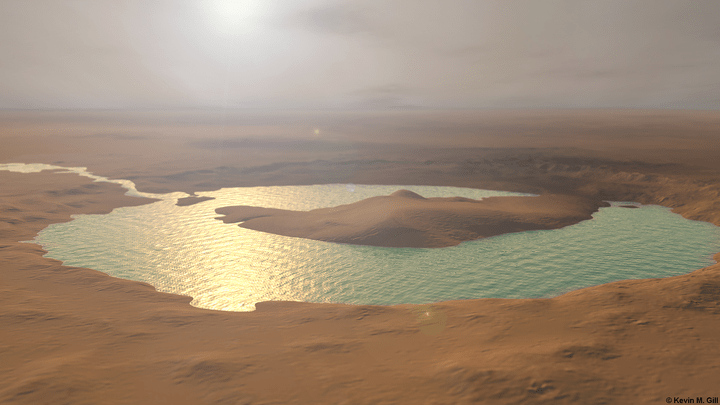In the next few years, Mars will be visited by three new rovers, the Perseverance, Tianwen-1, and Rosalind Franklin missions. Like their predecessors – Pathfinder and Sojourner, Spirit and Opportunity, and Curiosity – these robotic missions will explore the surface, searching for evidence of past and present life. But even after years of exploring, an important question remains: where is the best place to look?
To date, all attempts to find evidence of life on the surface have yielded nothing, owing to the fact that the Martian environment is extremely cold, desiccated, and irradiated. According to a new study by an international team of researchers led by Cornell University and the Centro de Astrobiología in Madrid, the Atacama desert in the mountains of Chile could hold the answer.
Continue reading “The Driest Place on Earth Could Help Predict How Life Might be Surviving on Mars”
